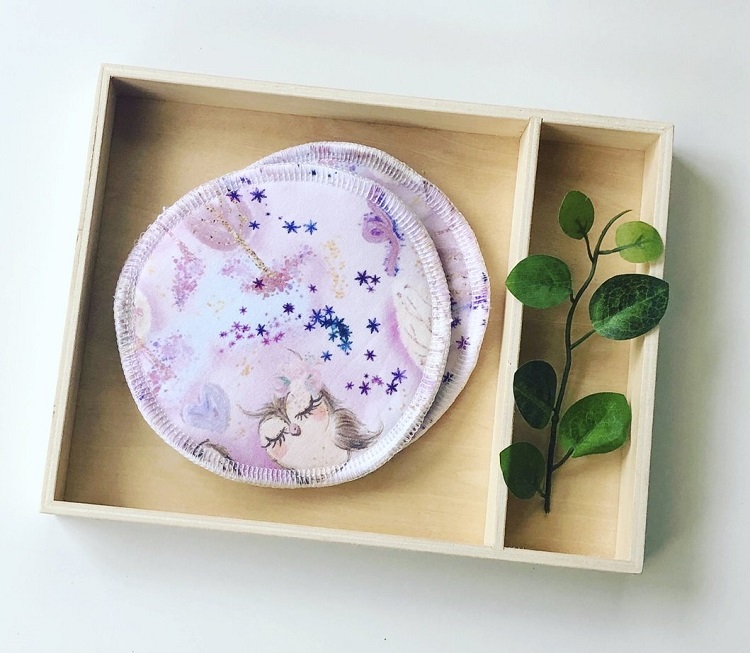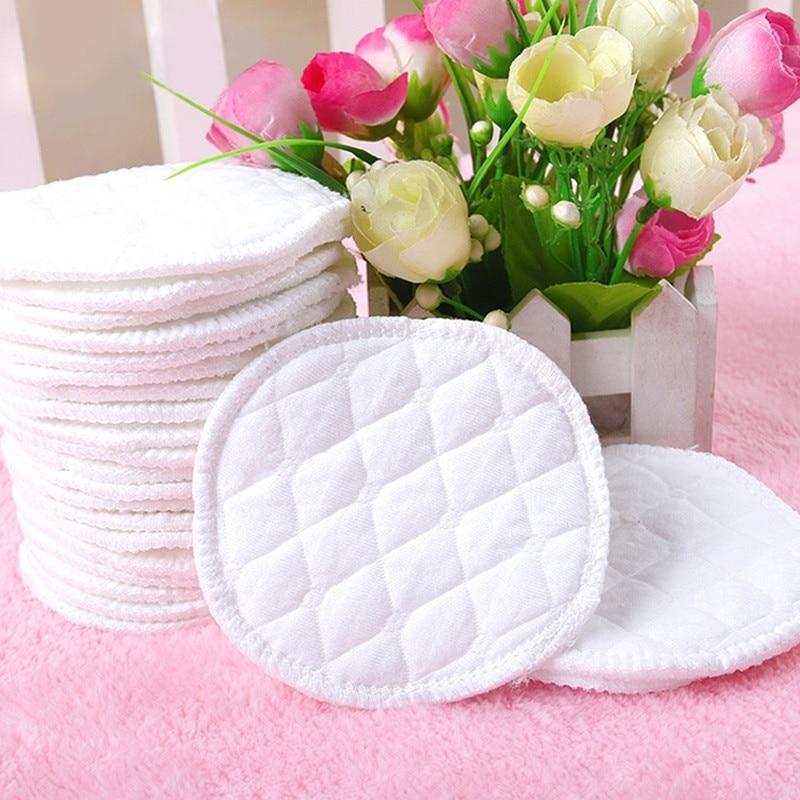Breast Pads: Essential Items for Nursing Mommies
Contents
As an expecting mother, you’ve probably been busy thinking about things such as which baby items to get as well as how you want to raise your child. One of those decisions you will need to make while still pregnant is whether you will breastfeed. If you’ve decided to breastfeed your baby, you will need to get prepared for milk leakage. Unexpected leakage is a common occurrence that can be embarrassing if you’re not prepared with the proper breast pad.

What are Breast Pads for?
Breast pads are small circles of fabric that you wear inside your bra to absorb any leaking breast milk. Most models have a waterproof back layer to help prevent milk from staining your top. You can expect milk leakage if you hear your baby crying or if the time to feed your little one is approaching. Also, while you’re feeding your baby from one breast, the other one may leak. This happens because your let-down reflex happens in both breasts at the same time. It can take a while for your milk to regulate, so expect to wear pads for at least a few months.
Nursing pads can be either disposable or reusable. Disposable breast pads are made from a thin absorbent material and come in different levels of absorbancies (similar to sanitary napkins). The back of these pads usually has a sticky patch that allows you to adhere them to your bra. When they get wet, all you have to do is throw them in the garbage and put in new ones. While these pads offer incredible convenience, some of them may contain absorbent chemicals that you will be putting directly on your skin. They also lack proficient air circulation, which may lead to discomfort and trapped moisture. And we all know that breast infections thrive in moist environments. Due to these facts, experts recommend that moms should use reusable breast pads.
Reusable nursing pads are cloth pads that can fit into your bra, similar to disposable pads. However, they are made of natural materials such as cotton and bamboo, which allow better air circulation. Improved air circulation is essential for healing your sore nipples. Instead of disposing of these pads after you’ve used them, you just wash and dry them. They are easy to care for and most of them can be washed together with your baby’s clothes.
Another factor to consider is the preservation of the environment. With disposable nursing pads, you will need to keep purchasing pads, which will eventually add up and contribute to the pollution. With reusable pads, on the other hand, you only need to buy 5 to 10 sets, and you can use them throughout your breastfeeding journey.

How Many Nursing Pads Do I Need?
As a rule of thumb, you should start with six sets. This will ensure you have a couple of pads in the wash, a few pairs available throughout the day, and one spare pair to carry in the diaper bag in case of an emergency. Nevertheless, every woman is different and the right number of pads for you will depend on how much you leak and how often you do laundry. You may find you need more pairs in the beginning until your milk regulates.
Once you get on the online market, you will come across a great selection of washable breastfeeding pads. However, not all of them are made the same. As is with most things, there are certain factors you should keep in mind to make the best buying decision.
- Comfort – Your nursing pads will be like a second skin to you all day every day, so it is extremely important that they are comfortable. Choose a pad that is super soft and doesn’t stick to your nipple when it gets wet. For enhanced comfort, pick a pad with a stay-dry layer against your skin. This will wick the moisture away from your breast into the core of the pad, leaving you dry even when your pad is saturated.
- Absorbency – You will also want to make sure your pads are very absorbent. The more absorbent they are, the longer you can go between changes. The longer you go between changes, the fewer pads you will have to wash, which also means the less you’ll have to buy. The less you have to buy, the more money you save – the ultimate win-win combination.
- Coverage – You will want to make sure that your nursing pad is large enough to cover a fair portion of your breast so that it doesn’t bunch up inside your bra, which makes it less noticeable under your clothing.
- Contoured – Your breast is round, so it won’t make sense buying a nursing pad that is flat. A contoured nursing pad will cup your breast as your bra does, and will sit perfectly well on your skin without any bunching or moving around.
How Often Should I Change Breast Pads?
Whether you opt for disposable or reusable breast pads, you should change them as soon as they become damp. This will help reduce the risk of developing a nipple infection. When nursing pads become damp, they create a favourable environment for yeast to grow, causing a yeast/fungal infection. If you are using washable breast pads, ensure they are clean and dry so that all the yeast is killed.


